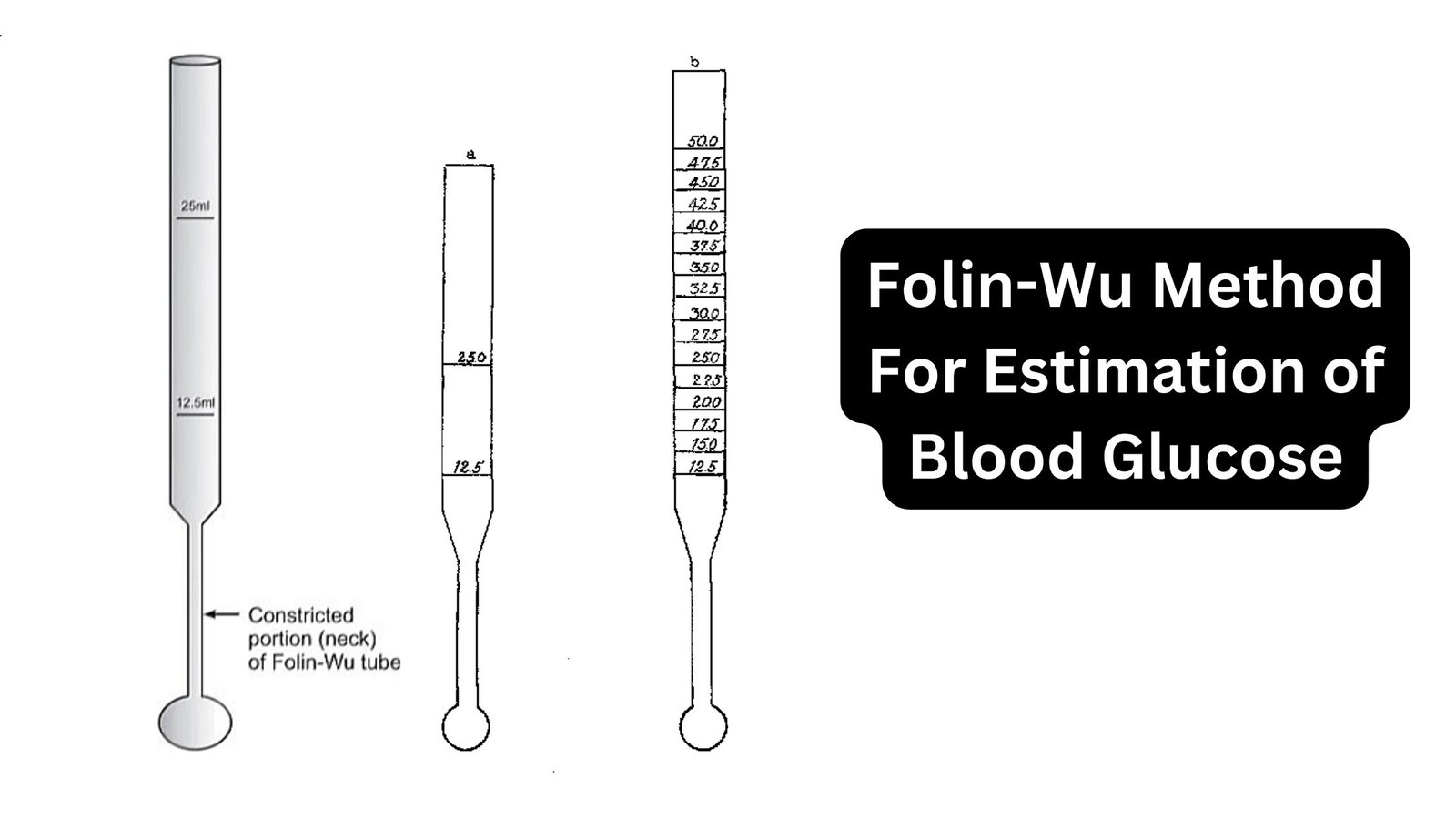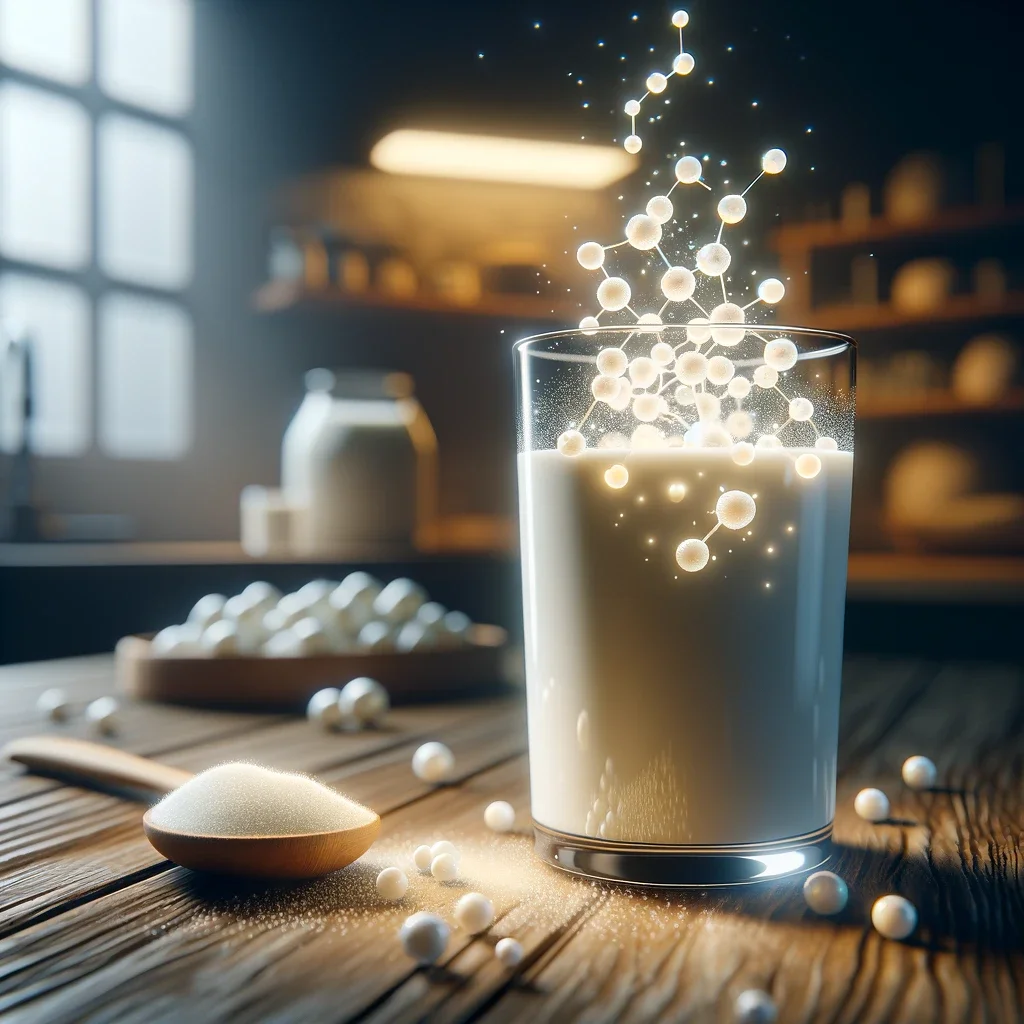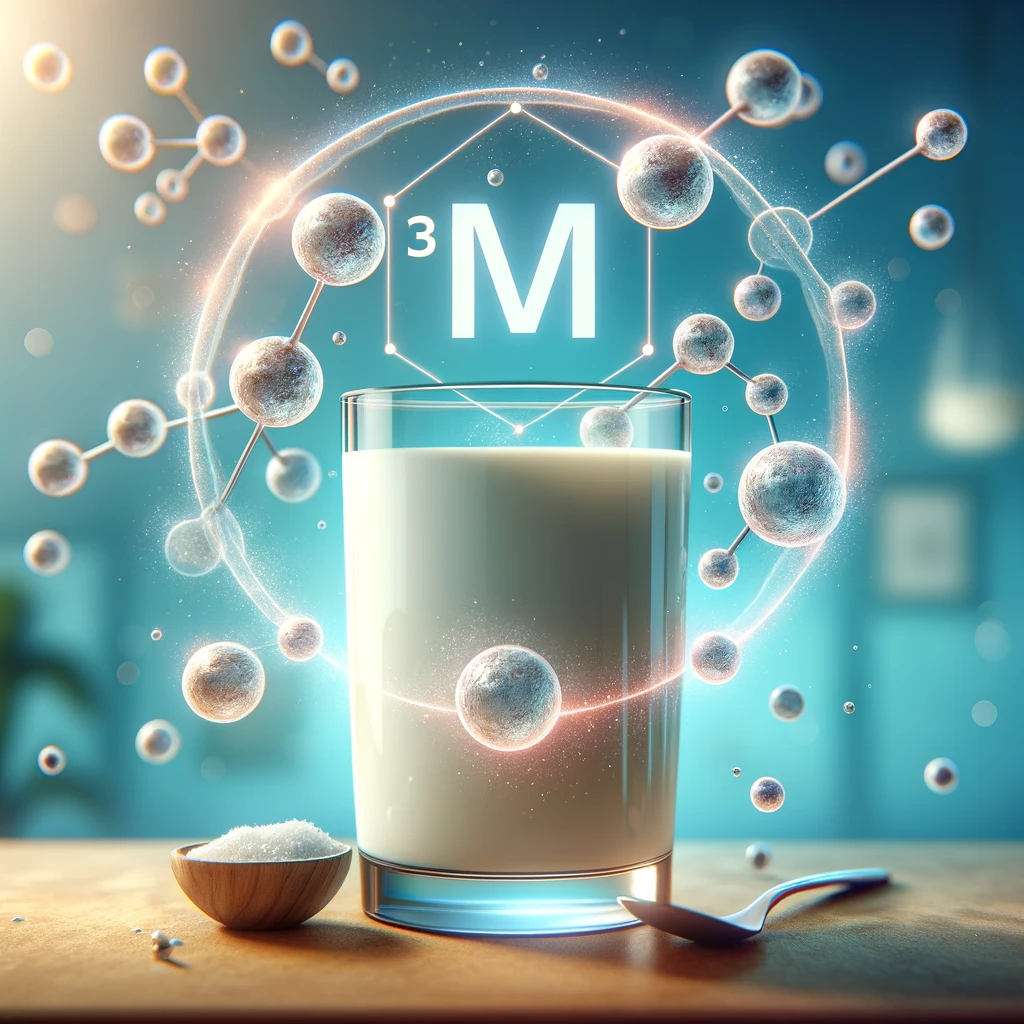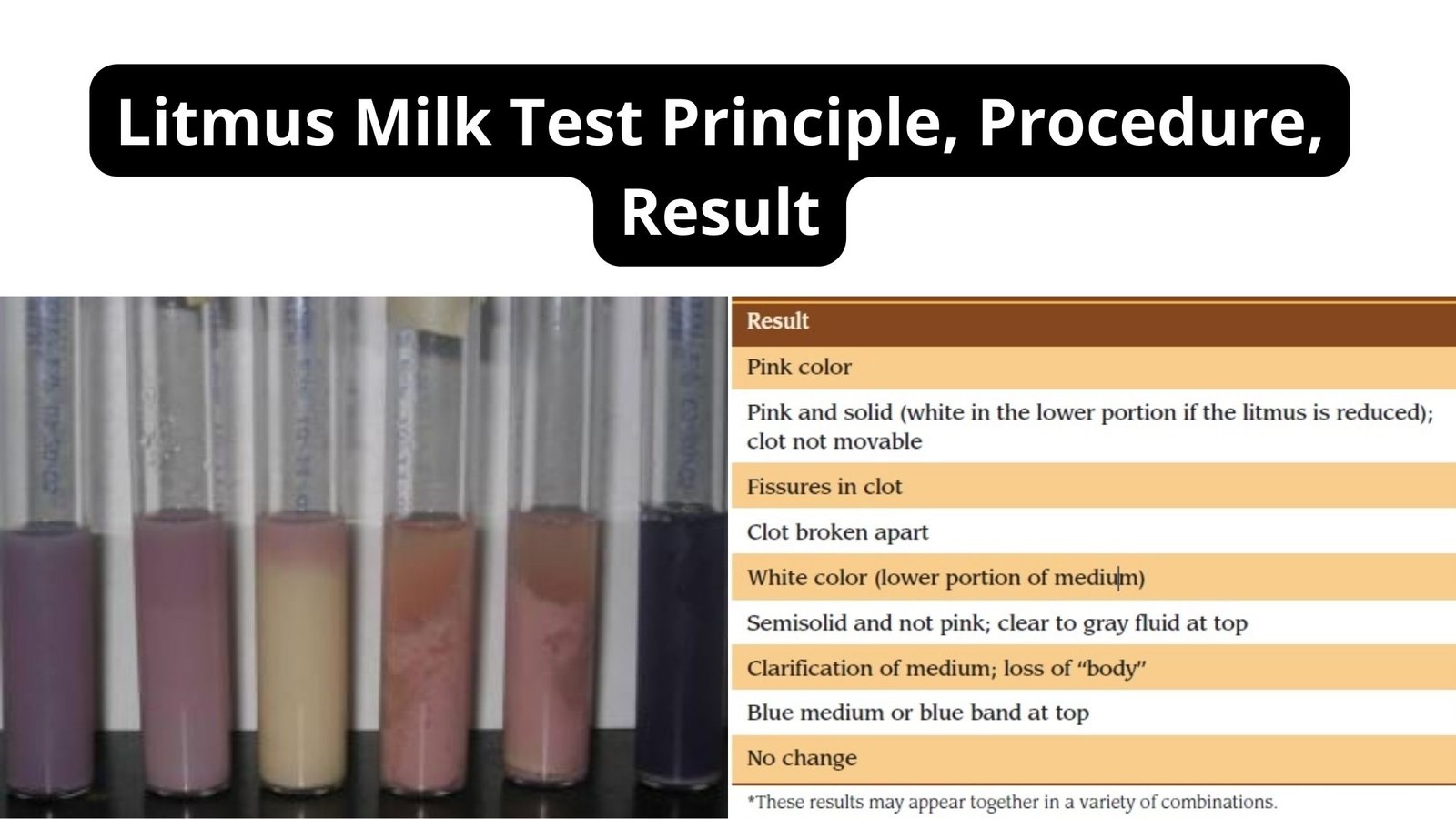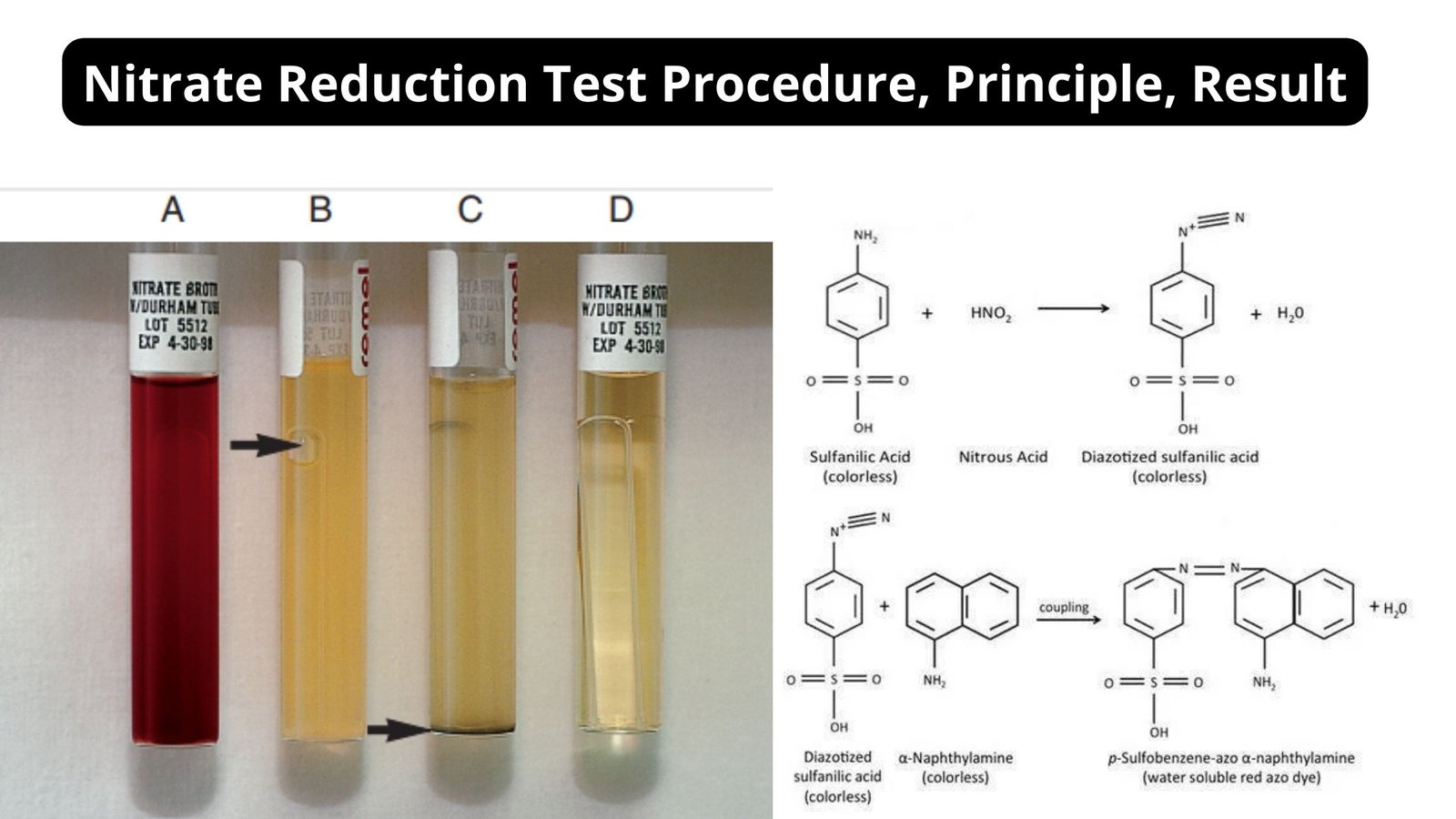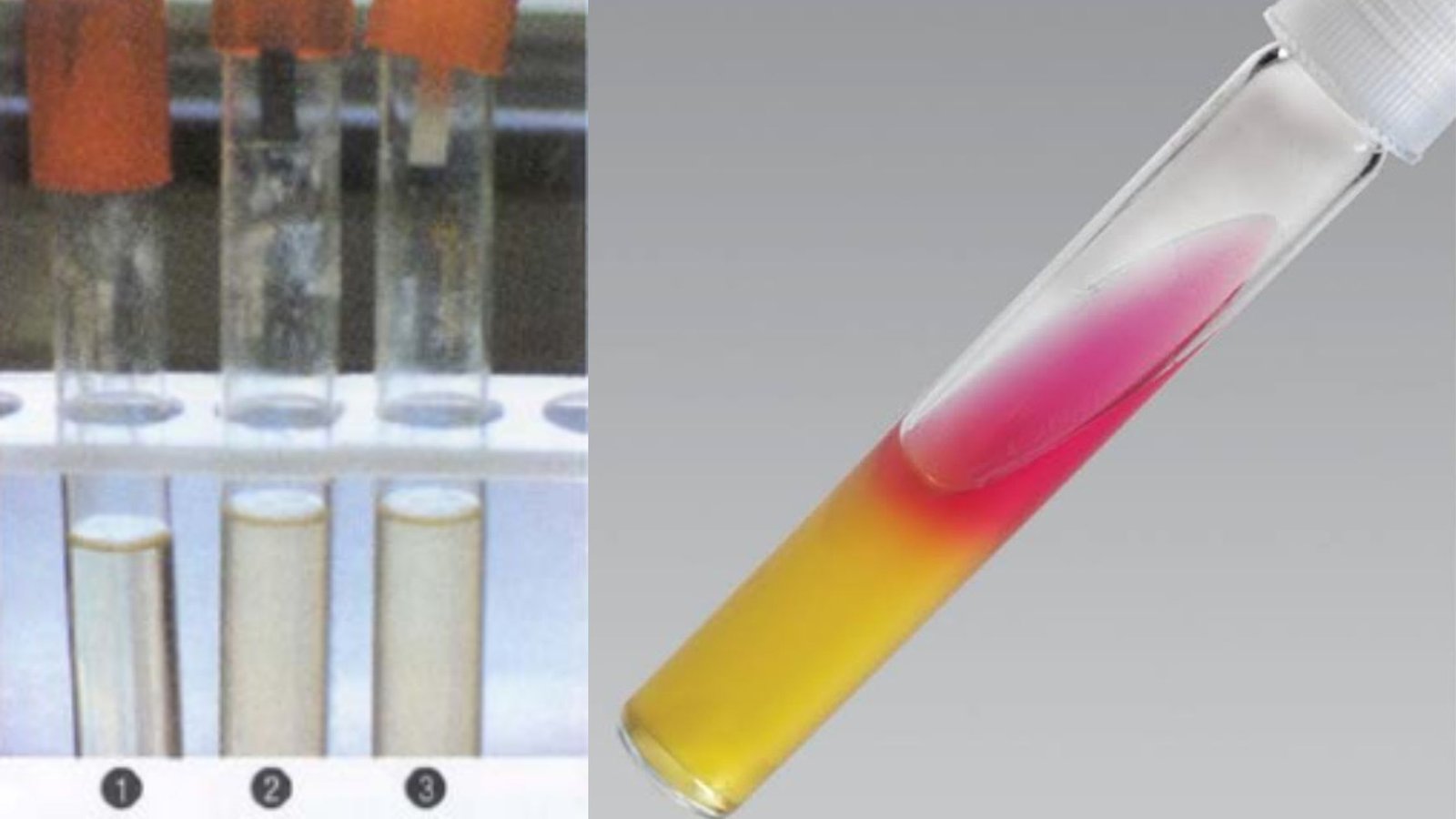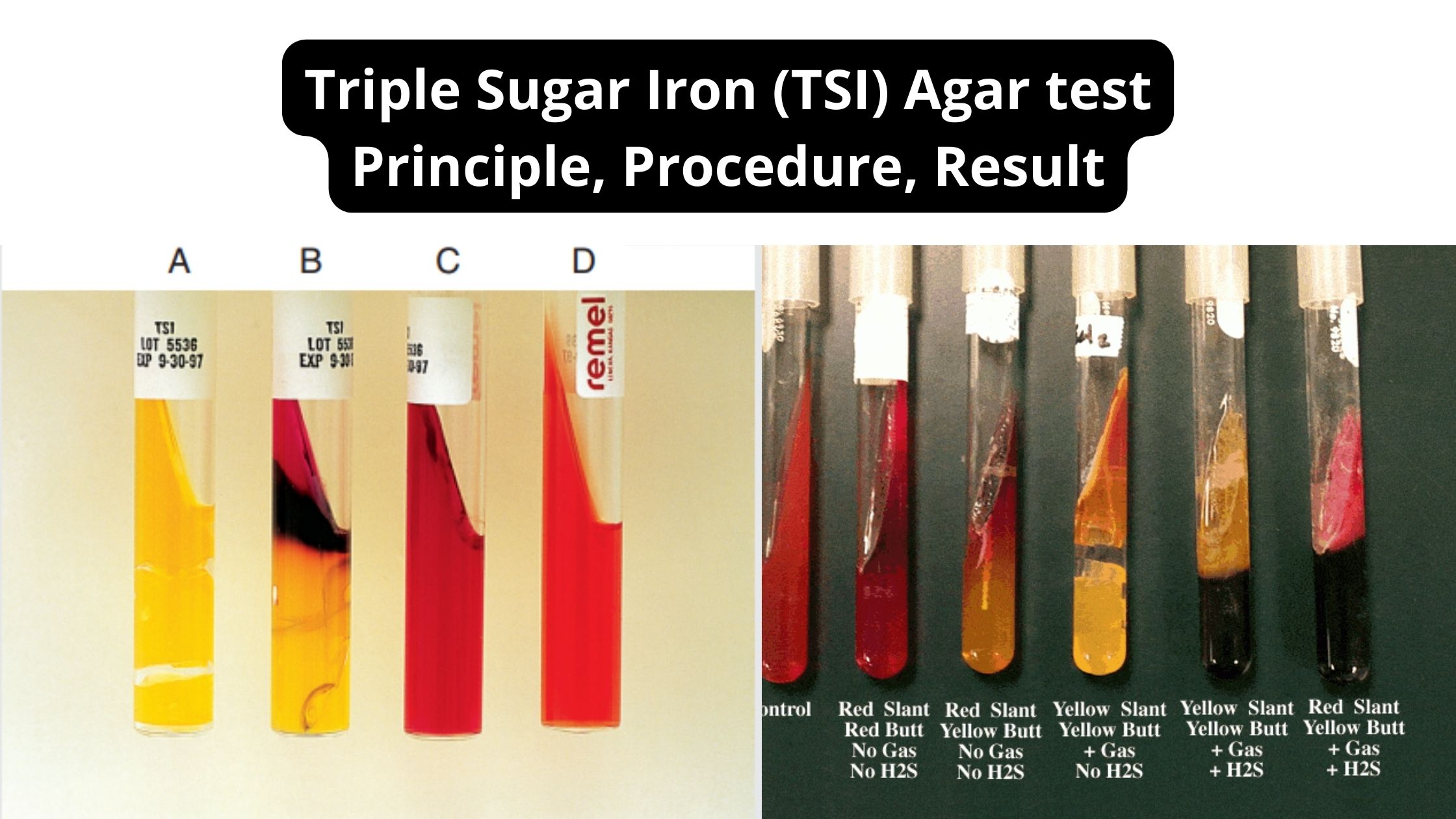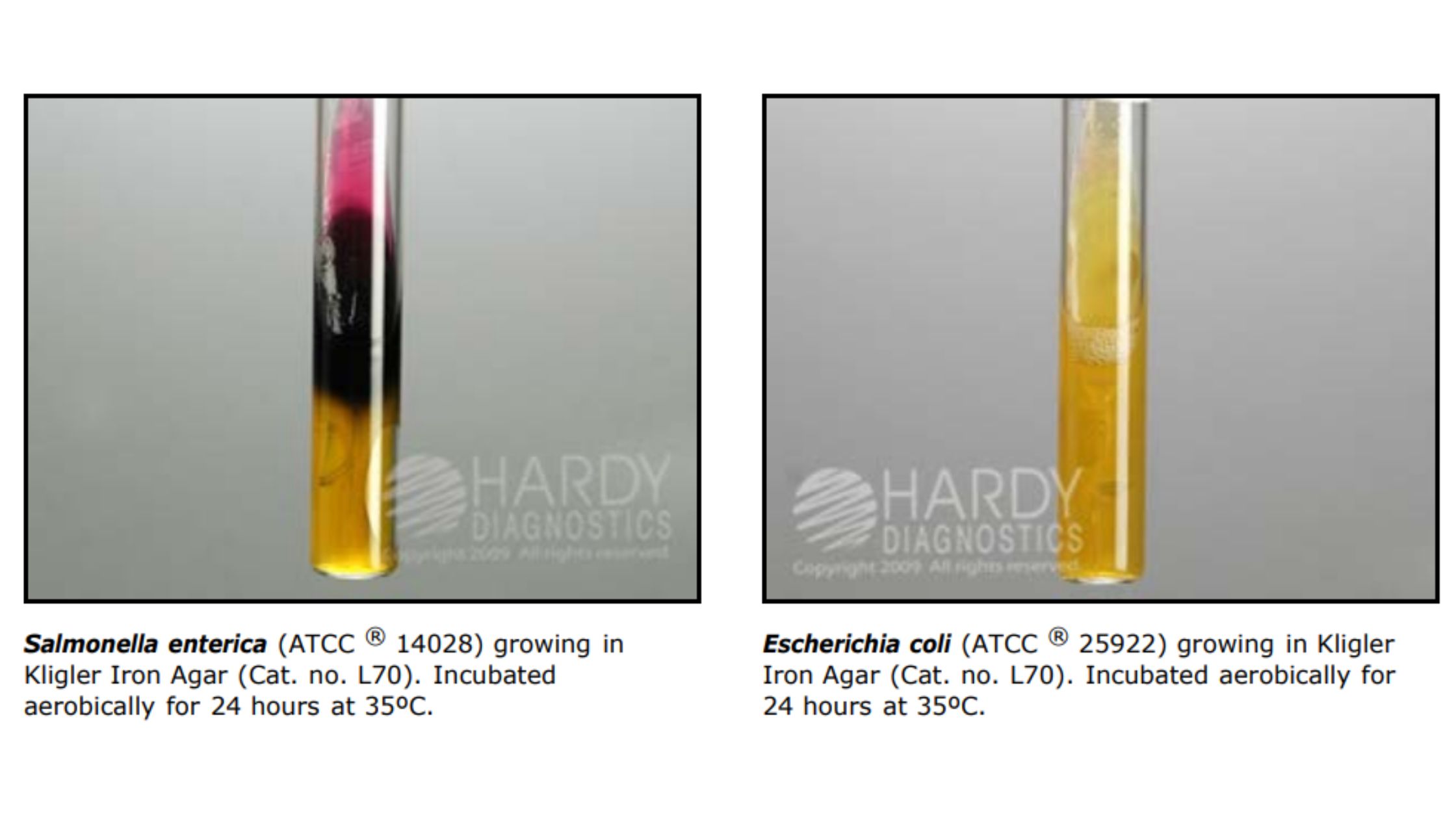GOD-POD Method For The Estimation Of Blood Glucose
Glucose, a key sugar molecule, plays a vital role in the human body as the primary carbohydrate found in the bloodstream. Its importance lies in its function as the main source of energy for various body tissues, notably the brain. When glucose is metabolized, it undergoes a sequence of chemical processes that result in the … Read more

